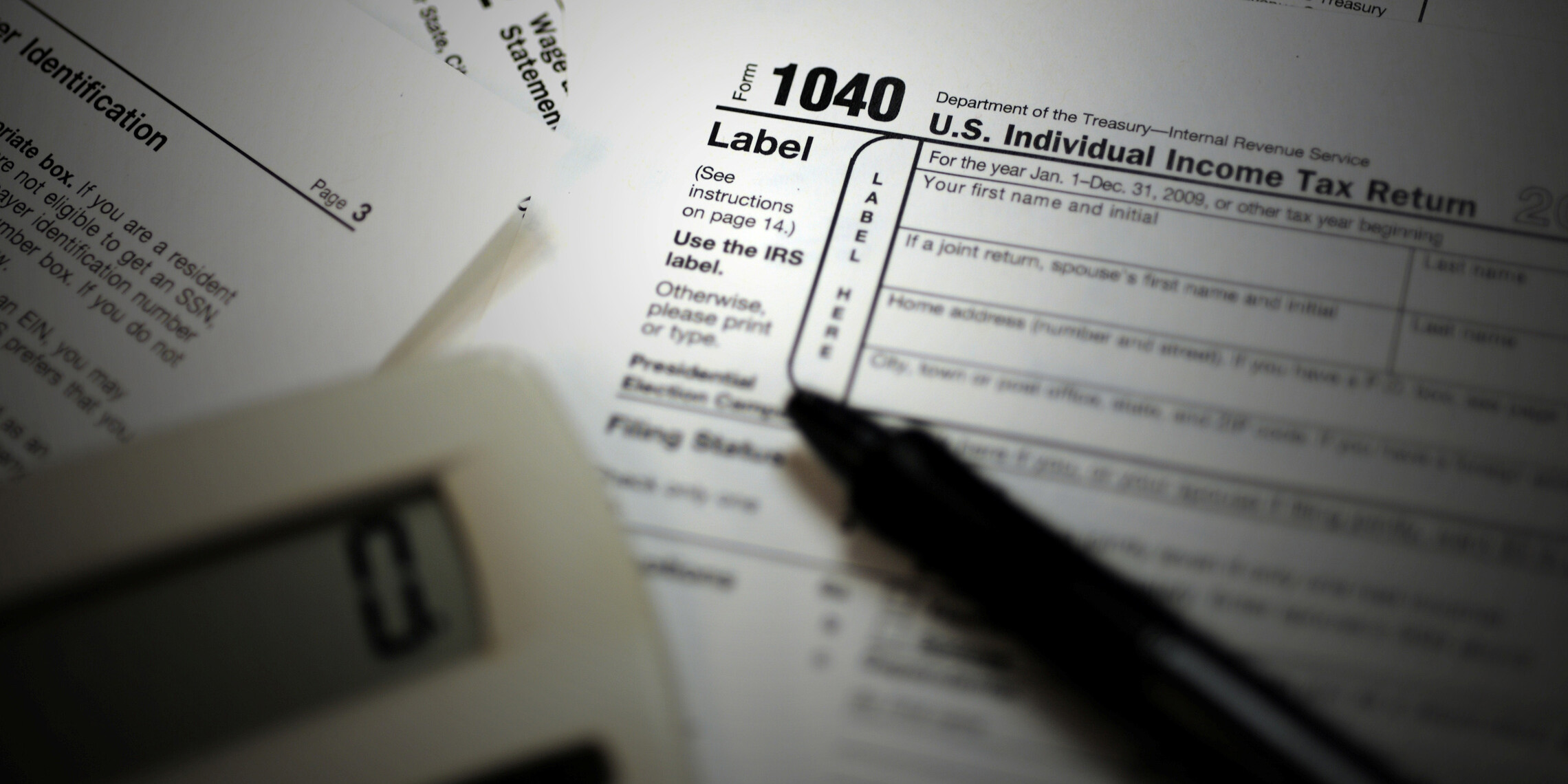By: David LeFevre, ERISA Attorney + Chief ERISA Geek, ERISAfire Benefits Compliance Solutions
This post examines recent IRS guidance that increases the maximum allowable carryover amount for healthcare FSAs. For other analyses, see this post on mid-year election change developments from the IRS, this post on a temporary relaxation of the grace period rules, this post on the repeal of the prescription requirement for over-the-counter items, this post on HSA implications of recent telemedicine developments, and this post on cafeteria plan implications of DOL’s black hole ERISA deadline extension.
Current Rule
Ordinarily, contributions to healthcare FSAs must be spent by the end of the plan year or else they are forfeited. However, pursuant to IRS Notice 2013-71, in lieu of a grace period, plan sponsors can design the healthcare FSA to permit up to $500 of unused healthcare FSA funds to carry over, or roll over, to the following year. The $500 limit on carryovers was not indexed for inflation.
For a calendar-year healthcare FSA, if the plan sponsor included a carryover provision in its cafeteria plan, a participant with $600 remaining at the end of 2020 could carry over $500 to 2021, forfeiting the remaining $100.
New Rule
IRS Notice 2020-33 increases the maximum allowable carryover amount to 20 percent of the maximum salary reduction contribution under Code Section 125(i). The new formula can be used starting with plan years beginning in 2020 for amounts carried over to plan years beginning in 2021.
The maximum healthcare FSA salary reduction contribution for 2020 is $2,750, so the maximum allowable carryover from 2020 to 2021 is equal to 20 percent of $2,750, or $550.
Plan Amendment Requirements
The new carryover maximum is not automatic; a cafeteria plan must be amended to incorporate the new inflationary mechanism for carryovers. For plans that already have a carryover provision or that have neither a carryover nor grace period provision, the amendment may be retroactive to January 1, 2020, and must be adopted by December 31, 2021.
For plans that currently have a grace period provision, the amendment cannot be retroactive. The plan’s current grace period is essentially a protected form of benefit that cannot retroactively be taken away. The grace period feature must first be eliminated on a prospective basis—that is, the grace period that extends the current plan year’s period for incurring new claims must be allowed to run its course—and then the carryover feature can be added to the following plan year, allowing carryovers from 2021 to 2022.
Considerations
If an employer does want to take advantage of the increase in maximum allowable carryover, it should ensure that its third-party administrator has the capability to implement the change, and, if so, confirm the timing of any system changes.
About ERISAfire
ERISAfire LLC is an employee benefits compliance services firm, specializing in health and welfare benefits. ERISAfire has reimagined benefits compliance to help agencies and employers manage compliance risks and make the process easier. By leveraging custom-built technology to automate transactional tasks and provide a hyper-customized compliance calendar, its ERISA geeks can focus on complex analysis and experienced ERISA attorneys can scrutinize even the most mundane compliance tasks. Learn more at www.erisafire.com.







